I wish I could say that *every* text I pick for my guided reading groups is a perfect fit.
Sure, I read the books beforehand. Yeah, I take running records consistently. And yes, I pay close attention to my students’ progress as readers.
But I still make mistakes! No matter how careful you are, you never really know how a group of students is going to do with a book.
So what if, a few minutes (or even a few seconds!) after students have begun reading the text, you realize that it’s too difficult for them?!
Don’t panic! You can definitely turn an “oh, crap” moment into a great teaching opportunity. In this post, I’ll share some ideas about what you can do if you realize that a guided reading book is a bit challenging for your students!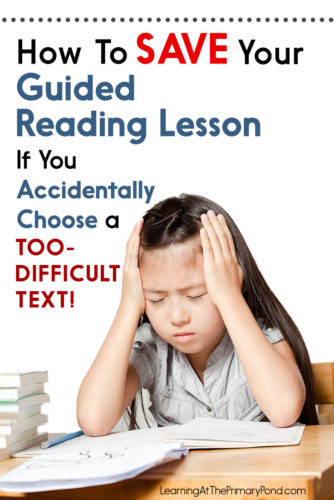
Photo Credit: jirasaki, Shutterstock
First, I want to say that I think it’s OKAY for students to struggle with text sometimes.
We want them to spend the vast majority of their guided reading time practicing at their instructional levels. (And by the way, when kids are reading at their instructional levels, they should still be working. There should be unfamiliar words and words that are tricky to decode.)
BUT sometimes texts are really, really challenging. And honestly, this is just a fact of life! For example, I can’t read a medical journal without becoming quite confused. 🙂
I don’t think it’s a bad thing to put students in challenging text. I think kids need to understand that learning, like many things in life, can be difficult. Reading requires persistence and effort.
Our job is to help them understand this life lesson, as well as to support students so their struggles are productive.
Option 1: Have students stop reading. As a group, restart the text. Have them choral read (with you) or echo read.
I almost always have students whisper or silent read the text at their own pace. However, if students are having a really hard time decoding the text, and their struggles seem unproductive, explain that you would like to try reading the book in a different way. Have everyone return to page 1. Then, initiate a choral read (everyone reads the text at the same time, with your voice leading a bit), or an echo read (you read one page, and then students reread the same page together). You can then have students go back and reread the text independently, once the choral read or echo read is complete.
Option 2: Divide the text in half. Pause students and ask them to stop at a certain page number. (Or, if you originally planned for them to read half of the text, have them only read a quarter of it.)
This is a great solution when comprehension or vocabulary is the problem. Dividing the text in half will give you a bit more time for a post-reading discussion. You’ll be able to dig deeper and provide students with more support in decoding, vocabulary, and/or comprehension. You can also have students read the text twice, since it’s a shorter selection.
Option 3: Have students stop reading. Do some on-the-fly word study.
If you hear many students unsuccessfully struggling to decode particular words, ask everyone to stop reading. Say something like, “You know what, I should have shown you a couple of these words before we started. Let’s take a look at some of the words in this text.”
Then, write a few of the words on a whiteboard and help students break them down. You can model how to use letter sounds, chunks, syllables, prefixes and suffixes, etc. You might model the first 1-2 words and have students help you with the rest.
Make this little mini-lesson as quick as possible, and then have students return to reading (you may even want to have them start over, time permitting).
Option 4: Use this as a teaching opportunity to model a strategy YOU use when a text is very challenging.
Unless you control the reading level of EVERY text your students lay eyes on for the rest of their lives, they are GOING to encounter challenging text! So they need to know how to tackle this problem, right?
If a text is challenging, why not pause students and say, “This text may be a bit challenging for some of you. Sometimes I start reading something new and really struggle! Some of the words might be very hard, or I just don’t understand the text. So now I want to show you a strategy you can try when many of the words are hard / you are having trouble understanding a text.”
You can model any of these strategies:
- Use the pictures (if applicable)
- Use text features, like a glossary
- Reread
- Stop and paraphrase frequently, to check your own comprehension
- Think of similar words or word parts that you know
- Skip some of the words and then return to them later, once you have more information
- Think more about what a word means than how to pronounce it
You’re really doing students a favor if you teach them how to deal with challenging texts on their own!
Option 5: Just stop.
If you’ve tried one of the above strategies and it didn’t work, or you just feel like students’ struggles are completely unproductive…you can just stop. The guided reading police will not come after you. 😉 We all make mistakes.
If you decide to have students stop reading the text, you can tell them that you accidentally gave them the wrong book, or that you made a mistake when choosing a book.
The one thing I wouldn’t advise saying is, “This book is too hard for you.” We don’t want to teach our students that they should only read easy books, or that reading should never be hard.
If you do choose to stop (and have time remaining during the lesson), you could:
- Try a new text if you have one on hand
- Have students reread familiar texts instead
- Read the book aloud to them and have them respond in writing
- Do some extended word study
It’s okay to stop if you feel that you need to! Stopping altogether is not something I do on a regular basis, but once in a long while, it really is necessary.
Conclusions
How do you respond if students struggle with the text during guided reading? If you have any suggestions, please share them in the comments.
And if you’re looking for materials to help you teach guided reading, check out the packs below – they include lesson plans, printable books, assessment tools, word study activities, and more!
Happy teaching! 🙂

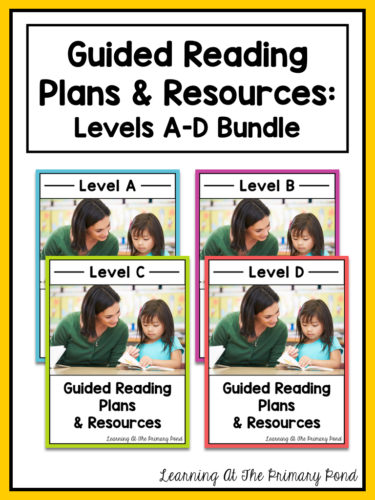
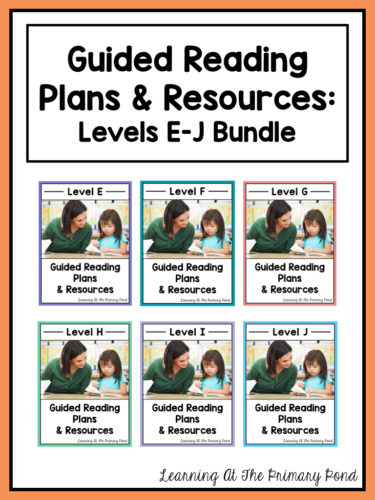
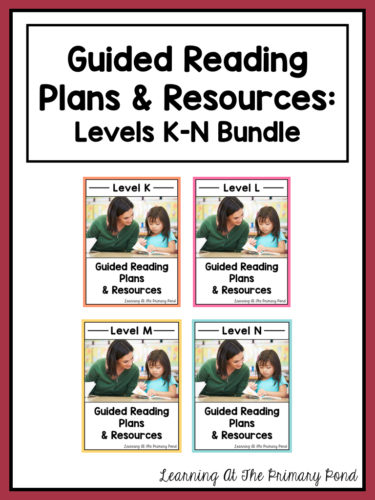
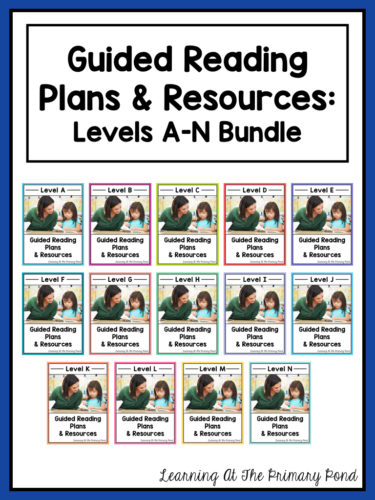
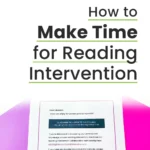
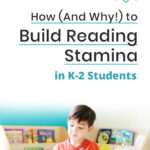
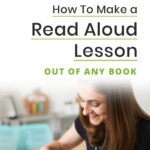
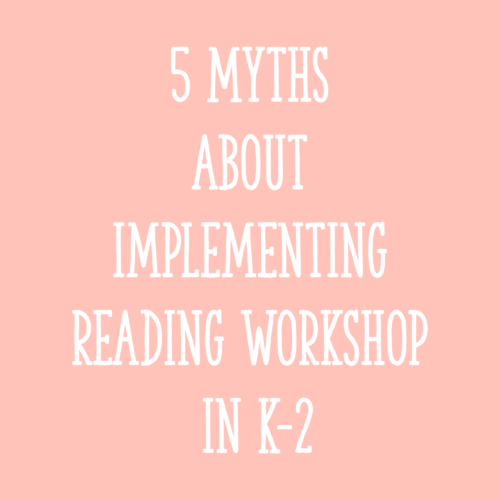

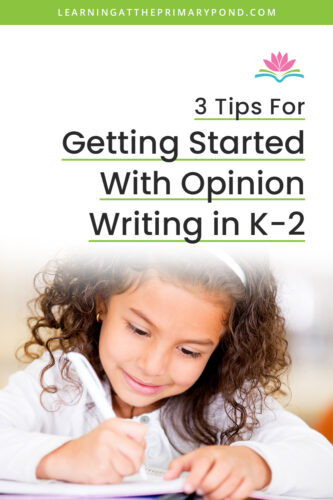






Thank you for posting this… Really think this is going to help me with homeschooling my son.
You’re welcome! I hope it does help!
Alison